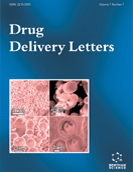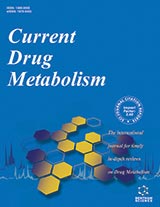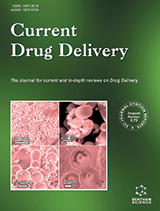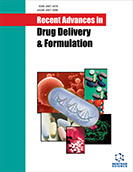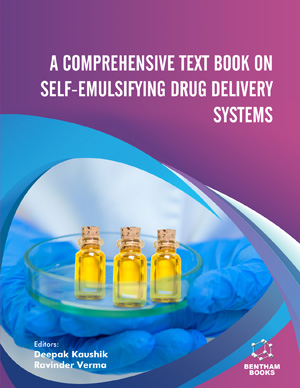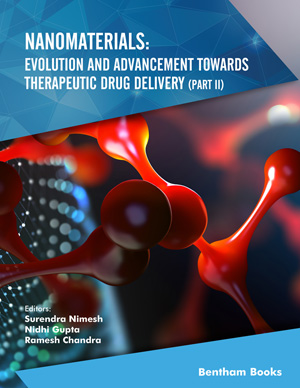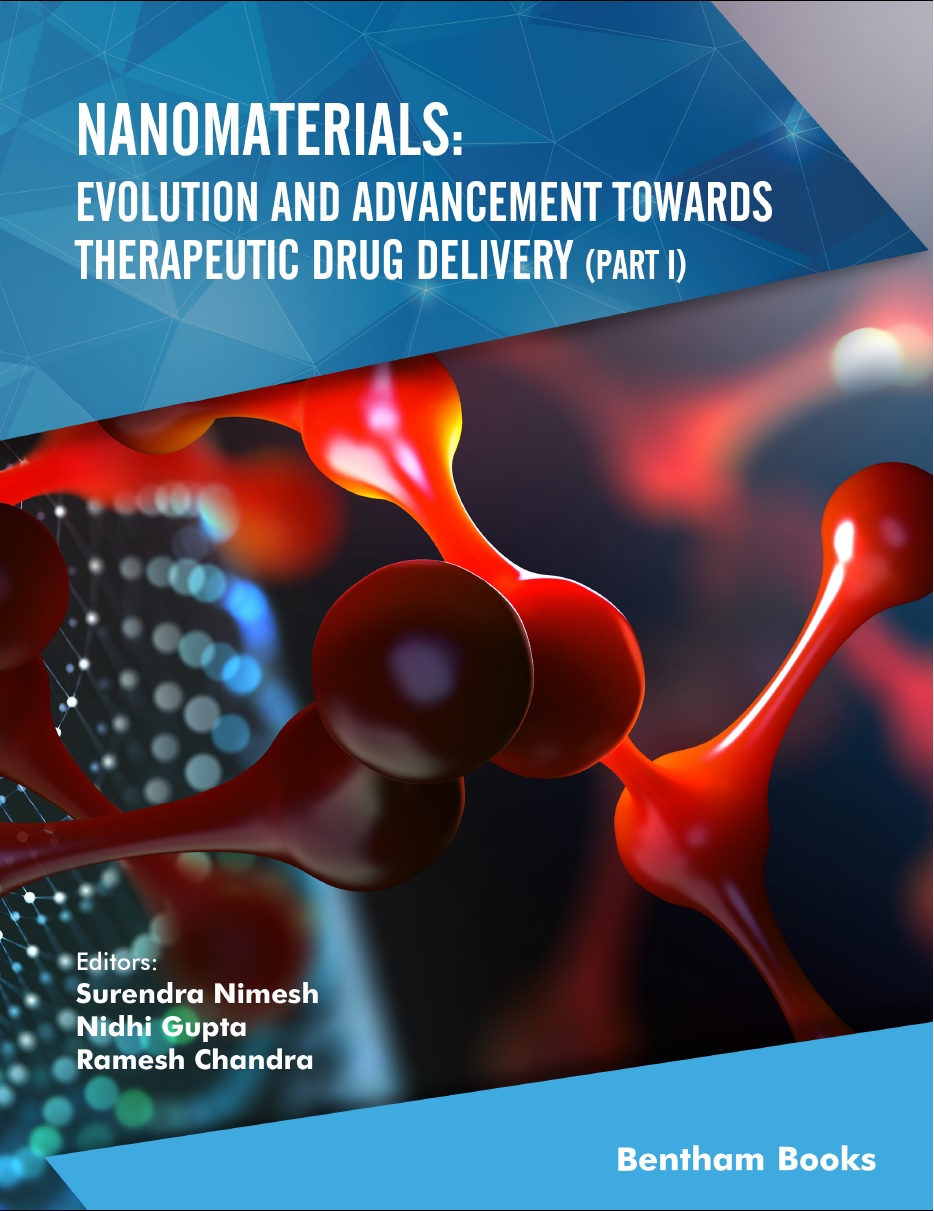Abstract
Aim: The research was carried out to develop the microemulsion-loaded gel of curcu-min, alkylpolyglucoside, and tea tree oil to treat vulvovaginal candidiasis infection.
Methods: Screening of oils, surfactants, and co-surfactants was done based on solubility studies and the construction of pseudo-ternary phase diagrams with curcumin. The microemulsion was characterized for globule size, zeta potential, viscosity, and thermodynamic stability. Ex-vivo studies were carried out using Franz diffusion cells. The antifungal activity of microemulsion-loaded hydrogel was evaluated using the cup plate method using Candida albicans ATCC 10231 in glucose yeast agar medium.
Results: The selected micro-emulsion consisted of curcumin 35μg/mL, IPM+TTO (1:1) 0.1 mL, Milcoside 100 + Acconon MC 8-2 EP NF 0.6-0.3 mL, phosphate buffer pH 4 160 mL showed maximum thermodynamic stability and exhibited lowest particle size and highest intensity. The viscosity of microemulsion-loaded gel was 11.2 pa.s. The surface tension of the microemulsion was measured by tensiometer and was found to be 26.07 mN/m. Antimicrobial susceptibility testing assay was done according to NCCLs assay protocol, and the EC50 value of our formulation was found to be 0.4465 μg/mL. In-vitro drug release and ex-vivo permeation studies showed 67.9% release in 420 minutes and 83.02% release in 360 minutes, respectively. An in-vitro irritation study concluded that there was no redness or irritation on goat mucosa.
Conclusion: The texture analysis test showed adhesiveness at -172.46 g s at - 4.60 adhesive force, and the peak load was 13.40 g. The microemulsion-loaded gel formulation can be a promising alternative to the marketed formulations available for vaginal yeast infections.


